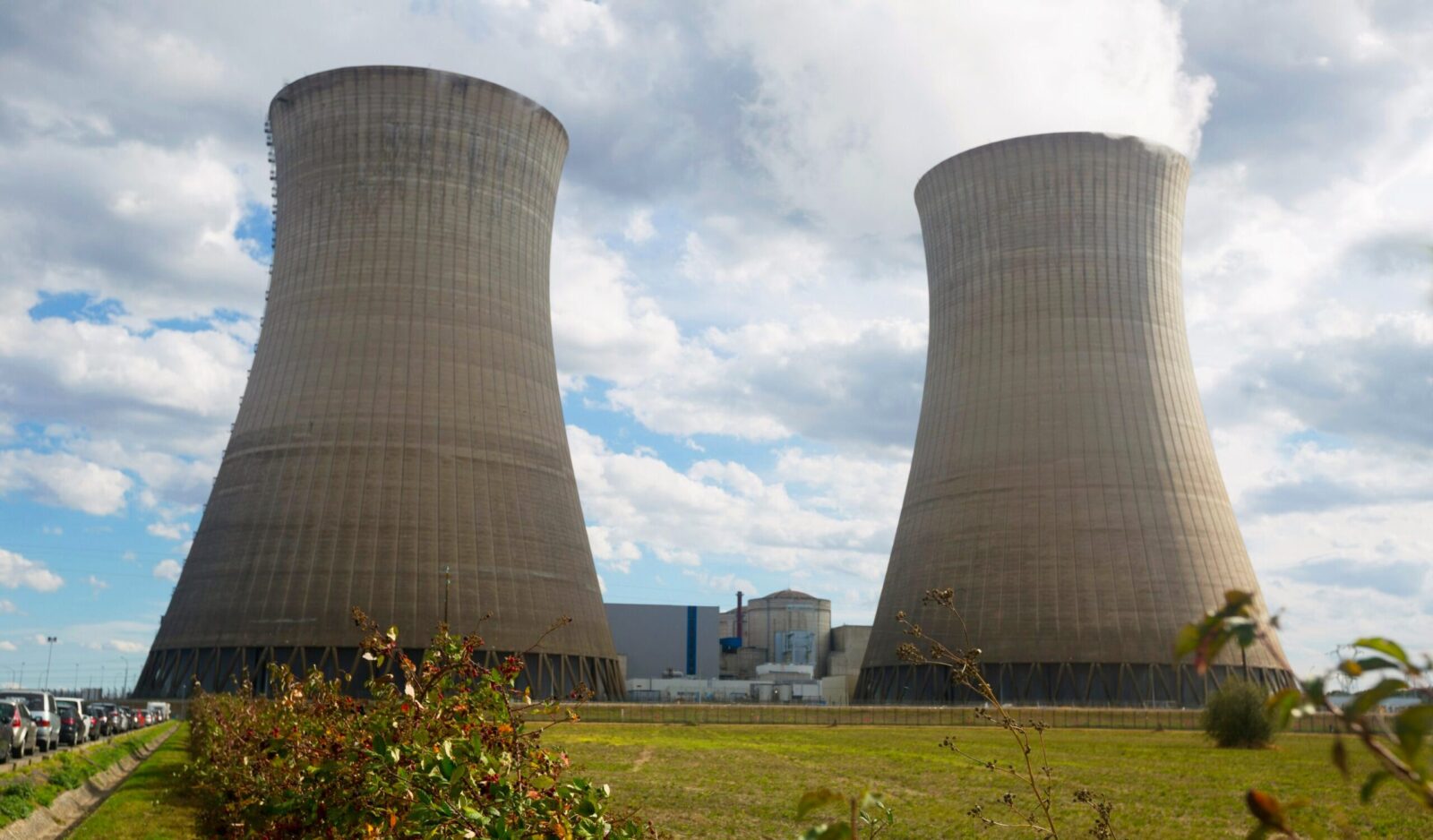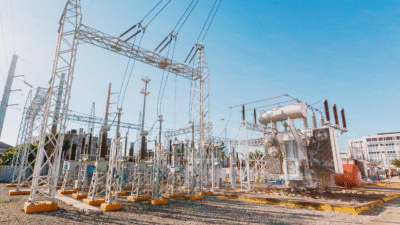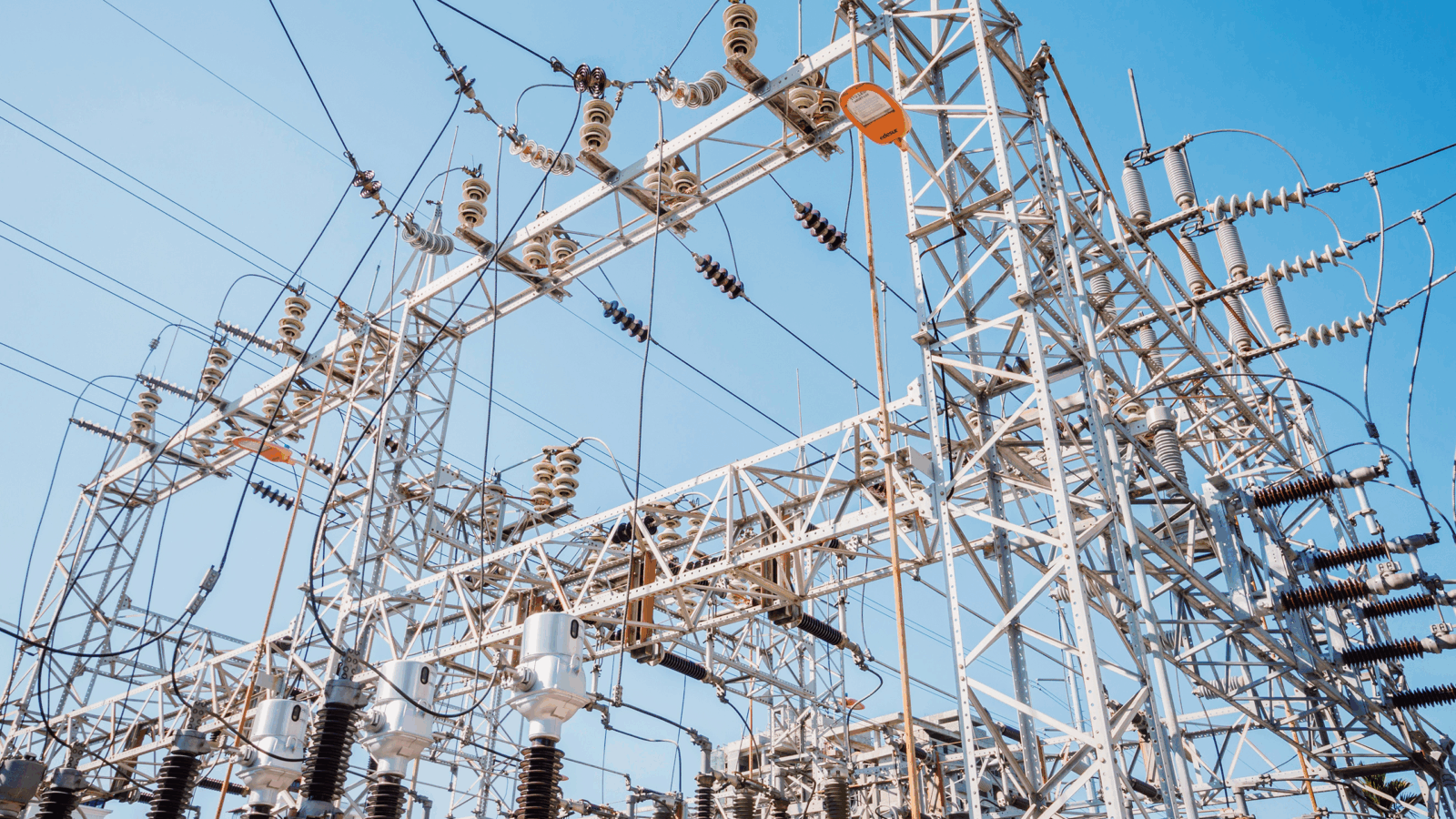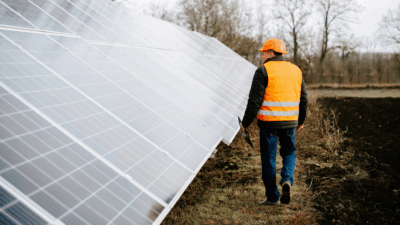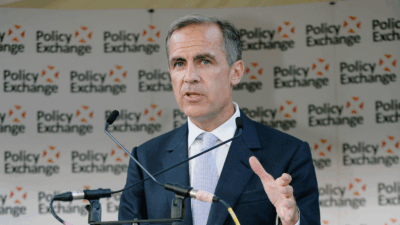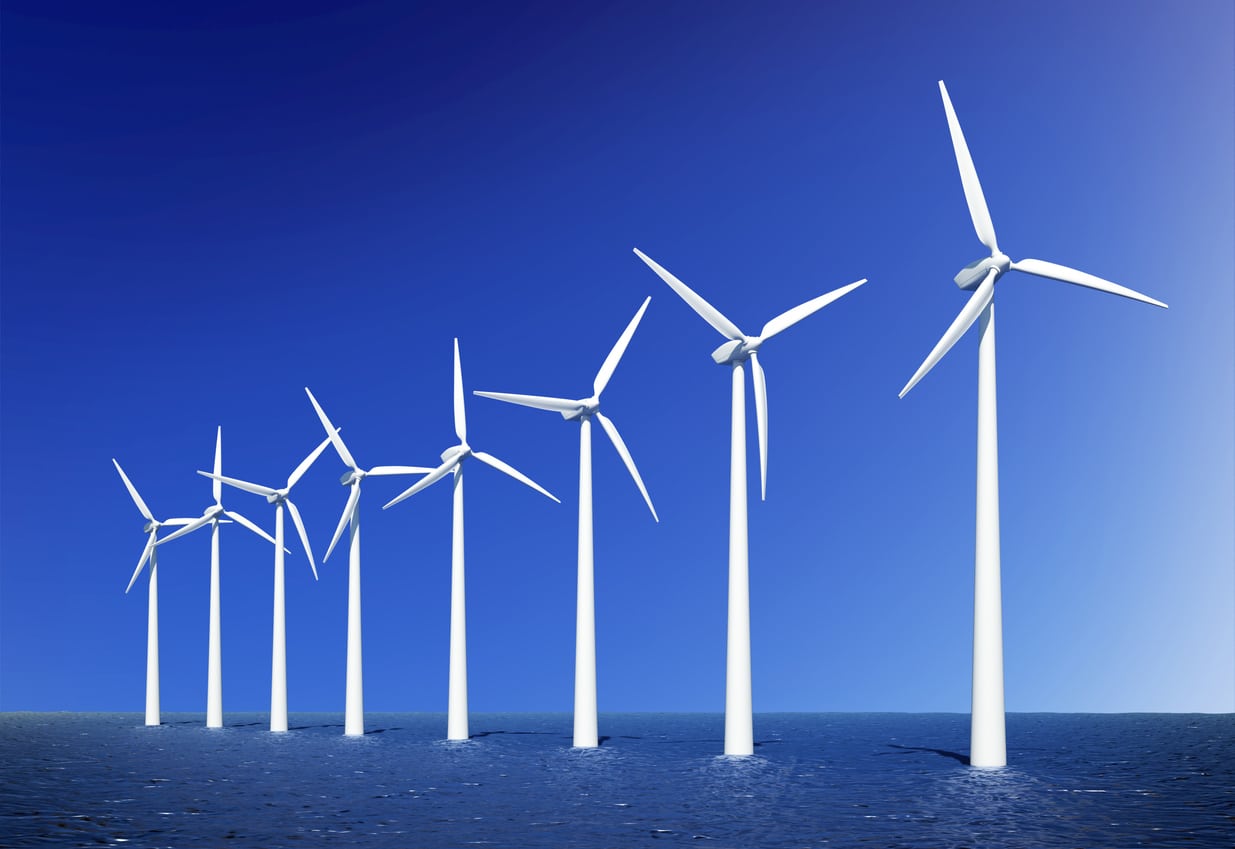
Sign up for smart news, insights, and analysis on the biggest financial stories of the day.
The U.S. currently has a paltry 42 megawatts worth of offshore wind generating capacity, all from two small developments in Virginia and Rhode Island spinning a mere seven turbines in total.
But a mighty breeze off the coast of Long Island and New Jersey could spark a sea change in the offshore wind world. The U.S. announced this weekend that it’s preparing to auction eight lease areas in the region that could produce 7 gigawatts of electricity, enough to power more than 2.6 million homes.
Winding Up Fast
Today’s handful of offshore wind turbines pumping out a combined 42 MW are nothing more than a prototype for what the U.S. has planned: 30,000 MW of offshore wind capacity by 2030. And the lease auction of several sites off the Long Island coast is just the latest step towards that very distant goal:
- In May, the Interior Department gave the go-ahead to America’s first commercial-scale offshore wind project. With 84 turbines slotted for installation off the coast of Massachusetts, the project will generate up to 800 MW of electricity, or enough to power 400,000 homes.
- Two areas in coastal California were also greenlit for development last month, and could generate as much as 4.6 gigawatts of energy and power 1.6 million homes.
As for the Long Island lease sale, head of the National Ocean Industries Association Erik Milito told Bloomberg it “not only opens a door to investment in New York and New Jersey, but will support jobs and businesses throughout the U.S.”
A Shellfish Proposal: The so-called NY-NJ Bight Call Area, where shallow waters make offshore wind farms ideal, isn’t just valuable to renewable developers – it’s also home to the largest wild scallop fishery in the world. And wind projects in the area have understandably raised alarm bells with the fishing industry, which wants one of the eight proposed sites relocated by five miles.
Future Proof of Concept: Last year, new renewable energy capacity accounted for 90% of global power growth, according to the International Energy Agency. That trend is expected to continue in 2021 and 2022.
